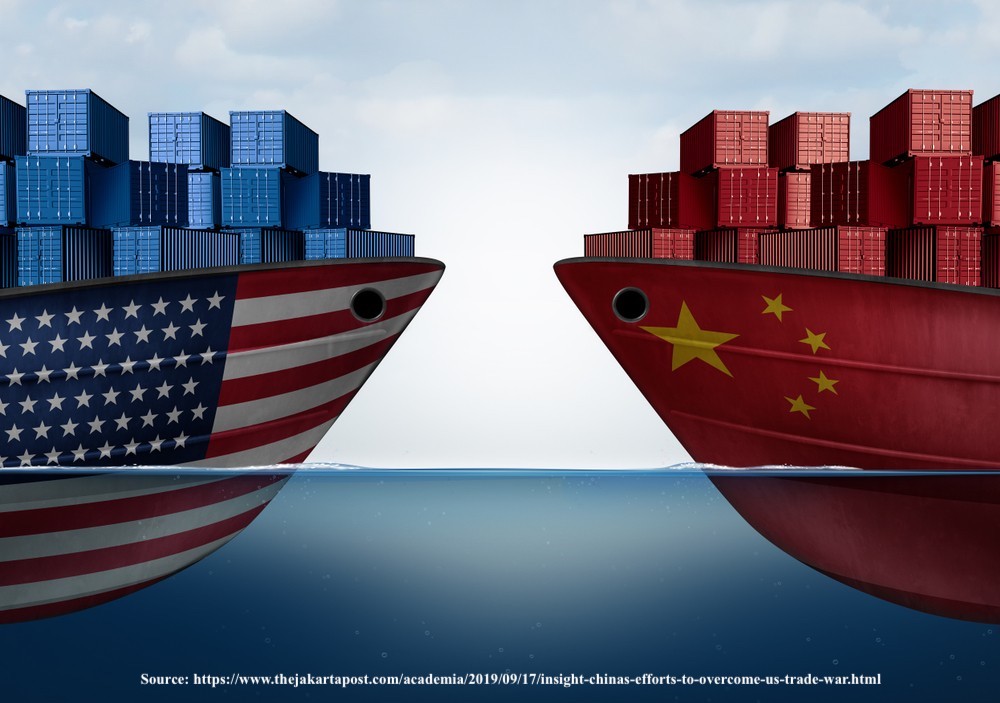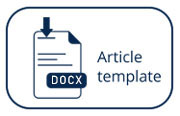The Causes of The United States Launching A Trade War Against The People’s Republic of China (PRC) in 2018

Downloads
The trade war between the United States and the People's Republic of China (PRC) has attracted world attention because it was predicted to affect the global economy. The trade war started with the United States implementing high import tariffs on PRC products, to which the PRC then responded with similar actions. The application of this tariff is a response to the trade deficit that occurred to the United States in its trade with China. The United States' trade deficit with China has existed since 1989. Meanwhile, in 2017, the United States and China agreed to implement a 100-day plan aimed at opening up and expanding trade between the two countries. Thus, the question in this research is "Why did the United States launch a trade war against the People's Republic of China (PRC) in 2018?". The theory used in this research is trade expectations theory. The data sources are official United States government documents, World Bank reports and various journals related to this theme. This paper aims to analyze the causes of the United States launching a trade war against the PRC in 2018. The result of this research is The United States launched a trade war against the PRC was because of the United States' negative expectations of the PRC which made the United States choose war against the PRC even though there was high dependence between the two countries. Negative expectations of the United States were assessed by trade deficit aspect, foreign investment aspect, employment and unemployment rate, and public opinion.
Copyright (c) 2023 Hasanuddin Journal of Strategic and International Studies (HJSIS)

This work is licensed under a Creative Commons Attribution 4.0 International License.















